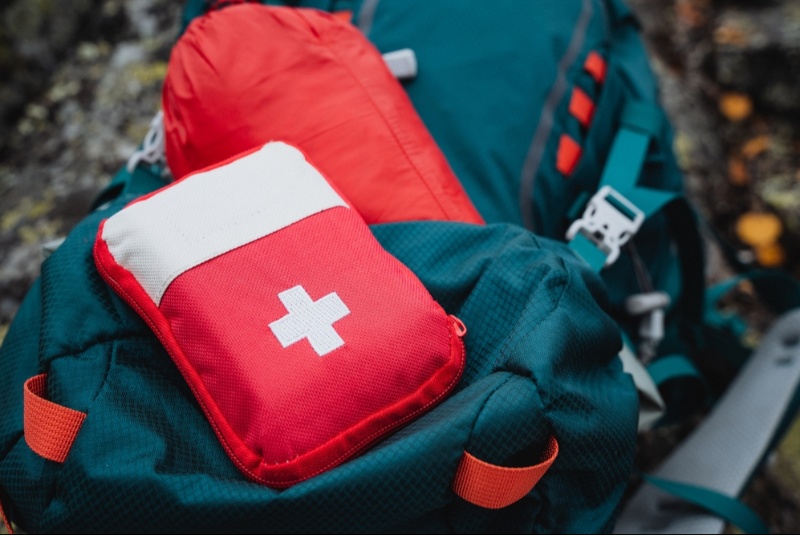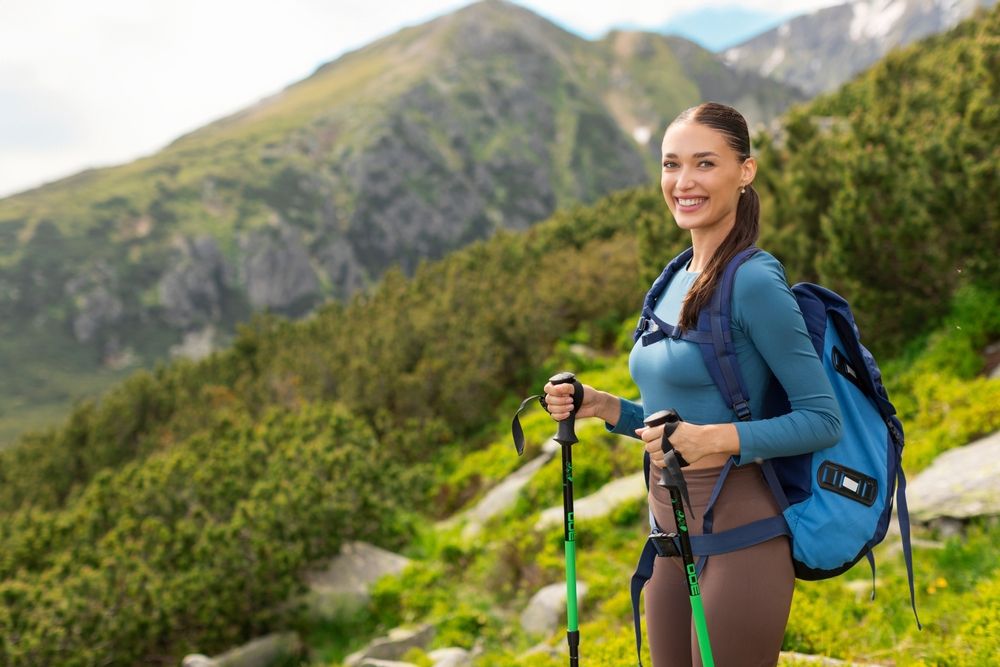Outdoor adventures, whether hiking, camping, or exploring remote areas, are thrilling and rejuvenating experiences. However, they come with potential risks, making it crucial to be prepared for any situation. A well-stocked first aid kit is an essential companion on these journeys, ensuring you can handle minor injuries, illnesses, and emergencies until professional help is available. This guide provides practical tips on building a comprehensive first aid kit tailored to outdoor adventures, helping you stay safe and prepared while enjoying the great outdoors.
Assess the Type of Adventure and Environment
The first step in building an effective first aid kit is to assess the type of adventure you’re embarking on and the environment you’ll be in. Different activities and terrains pose different risks—hiking in the mountains may require supplies for altitude sickness, while a camping trip in the woods might necessitate extra insect repellent and tick removal tools. Consider factors such as the duration of your trip, the remoteness of the location, and the climate conditions. By tailoring your first aid kit to your specific adventure, you ensure that you have the necessary supplies to handle any situation that may arise.
Start with the Basics
Every first aid kit, regardless of the activity or location, should include basic items that cover common injuries and emergencies. These essentials include adhesive bandages, sterile gauze pads, adhesive tape, antiseptic wipes, and tweezers. Bandages and gauze pads are crucial for treating cuts, scrapes, and blisters, while antiseptic wipes help prevent infection. Tweezers are useful for removing splinters, thorns, or ticks. Additionally, include a pair of medical-grade gloves to protect yourself and others when administering first aid. Starting with these basic items provides a solid foundation for your first aid kit, ensuring you can address minor injuries effectively.
Include Items for Wound Care
Outdoor adventures often involve rough terrain, increasing the likelihood of cuts, scrapes, and blisters. To properly care for wounds, your first aid kit should include an assortment of wound care supplies. Sterile saline solution is essential for cleaning wounds, while antibiotic ointment helps prevent infection. Moleskin or blister pads are invaluable for treating blisters, especially on long hikes. Additionally, consider adding butterfly bandages or Steri-Strips for closing small cuts and lacerations. Including a variety of wound care items ensures that you can properly clean, protect, and treat injuries, reducing the risk of complications.
Pack Medications for Common Ailments
It’s important to be prepared for common ailments that can occur during outdoor adventures, such as headaches, allergies, and digestive issues. Include over-the-counter medications like ibuprofen or acetaminophen for pain relief, antihistamines for allergic reactions, and antacids for indigestion. If you’re prone to motion sickness, pack motion sickness tablets as well. For more serious conditions, such as severe allergic reactions, consider carrying an epinephrine auto-injector (EpiPen) if prescribed by a doctor. Packing a range of medications ensures that you can manage symptoms and discomfort, allowing you to continue enjoying your adventure.

Add Emergency Tools and Equipment
In addition to medical supplies, your first aid kit should include emergency tools and equipment that can assist in various situations. A multi-tool or Swiss Army knife is versatile and can be used for cutting bandages, removing splinters, or even preparing food. A whistle is essential for signaling for help if you’re lost or injured. Include a small flashlight or headlamp with extra batteries to provide light in case of an emergency at night. Additionally, pack an emergency blanket, which can help prevent hypothermia in cold conditions. These tools and equipment are vital for ensuring your safety and survival in unexpected situations.
Include Items for Personal Comfort and Hygiene
Maintaining personal comfort and hygiene is important during outdoor adventures, especially on longer trips. Include items such as lip balm, sunscreen, and insect repellent to protect against environmental factors like sunburn and bug bites. Hand sanitizer or antibacterial gel is essential for keeping your hands clean, especially before eating or treating wounds. Pack a small supply of personal medications, if needed, and a copy of your medical information, including allergies and emergency contacts. These personal comfort and hygiene items help you stay healthy and comfortable, making your outdoor experience more enjoyable.
Consider Specialized Items for the Environment
Depending on the environment you’ll be exploring, you may need to include specialized items in your first aid kit. For example, if you’re hiking in an area known for venomous snakes, consider packing a snakebite kit. In areas with a high risk of insect-borne diseases, such as Lyme disease or malaria, include extra insect repellent and a mosquito net. If you’re traveling to high altitudes, pack medications to help prevent altitude sickness. Tailoring your first aid kit to the specific environment ensures that you’re prepared for the unique challenges and risks associated with your adventure.
Organize Your First Aid Kit for Easy Access
In an emergency, every second counts, so it’s important to organize your first aid kit in a way that allows you to quickly find what you need. Use clear plastic bags or small pouches to group similar items together, such as wound care supplies, medications, and emergency tools. Label each section for easy identification. Consider using a waterproof and durable case to protect your supplies from the elements. Organizing your first aid kit not only saves time in an emergency but also ensures that all items remain clean, dry, and in good condition throughout your adventure.
Regularly Check and Restock Your Kit
Your first aid kit is only effective if it’s properly stocked and up-to-date. Before each trip, check your kit to ensure that all items are in good condition and that no medications have expired. Replace any used or damaged items, and consider adding new supplies based on your upcoming adventure. It’s also a good idea to review the contents of your kit periodically, even when not planning a trip, to ensure it’s always ready to go. Regularly checking and restocking your first aid kit ensures that you’re always prepared for any situation, whether it’s a planned outing or an unexpected emergency.
Learn Basic First Aid Skills
Having a well-stocked first aid kit is crucial, but it’s equally important to know how to use it. Consider taking a basic first aid and CPR course to learn essential skills, such as how to treat wounds, perform CPR, and manage fractures or sprains. Many organizations, such as the Red Cross, offer courses that are specifically designed for outdoor enthusiasts. Additionally, keep a first aid manual or quick reference guide in your kit, so you can quickly refresh your memory in an emergency. Learning basic first aid skills empowers you to handle medical situations confidently and effectively during your outdoor adventures.
Creating a well-prepared first aid kit for outdoor adventures is an essential step in ensuring your safety and well-being while exploring nature. By assessing your adventure, packing the right supplies, and organizing your kit for easy access, you can handle minor injuries, illnesses, and emergencies with confidence. Regularly checking and restocking your kit, along with learning basic first aid skills, further enhances your preparedness. With the right first aid kit, you can enjoy your outdoor adventures knowing that you’re equipped to handle whatever challenges come your way. Stay safe, be prepared, and make the most of your time in the great outdoors.




